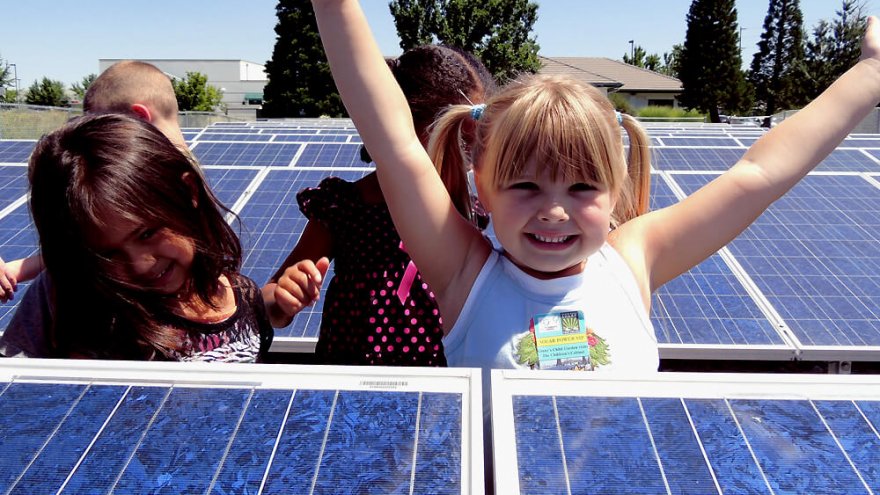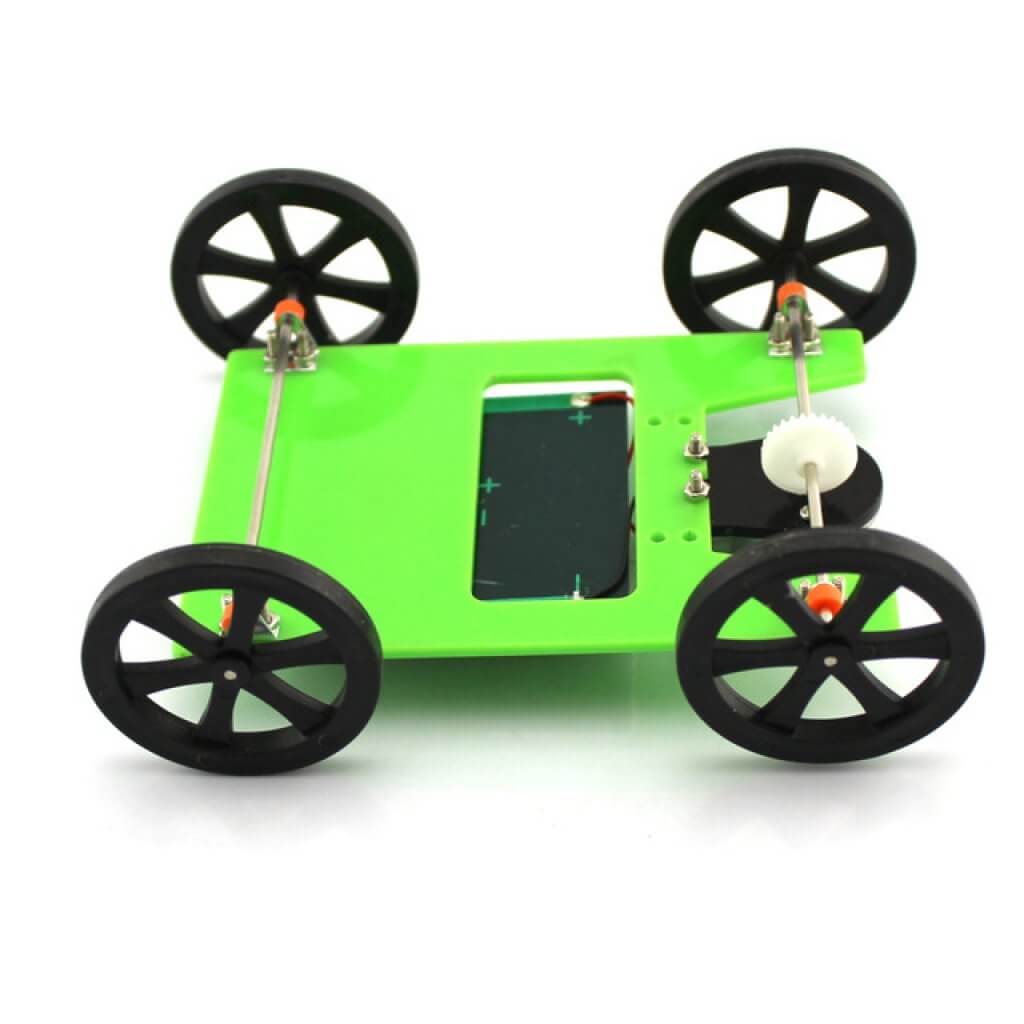Teaching Your Kids about Solar Power

Solar power is one of the most promising alternatives to traditional energy sources we know of, and is one of the most exciting and beneficial to start educating your kids about. The sun is the primary reason life is possible on planet Earth, it is an incredibly rich and powerful source of power that we has seemingly limitless implications for use by humans to harness for everyday use. In just one second, the sun gives off more energy than mankind has ever produced in history.
Traditional sources of energy are very wasteful in their production. For instance with coal, only one third of the energy used is actually converted into electricity, the rest is simply burned up by the heat produced. The burned coal produces carbon emissions that pollute the atmosphere. Unlike coal or oil, there is no foreseeable end to solar power use within the possible scope of humanity’s future (the sun itself has a potential expiration date, but not for another 5 billion years). It is also completely clean, highly efficient, and due to the passive nature of harvesting the energy, it is very cheap. The energy can be used to power homes, public buildings, and even vehicles.
Solar power technology has been fairly limited over the past couple decades, due in large part to its relatively new development. The most recent innovations in solar technology are happening faster than ever and are increasing the accessibility and practicality of solar power usage.
There are two types of solar power technology: photovoltaics and concentrated solar power. PV technology converts the sun’s energy into electricity, while CSP uses the sun’s heat to generate thermal energy for heaters and turbines. Historic route 66 is being used to test newly developed solar pavement. This pavement will use solar energy to power lights for the roads at night along with generating heat to melt snow during the winter months. Other current innovations in solar technology have made solar panels more sleek and ergonomic.
Rather than being the typical solar panels that often noticeably stand out on top of a traditional roof, Tesla’s solar roof literally replaces normal roof tiles with identical looking solar tiles. The ergonomic design takes nothing away from the functionality or efficiency of these tiles.
In fact, since they cover the whole roof, they produce more power than other solar panels. The tiles themselves also cost less than normal roof tiles. Solar power’s one drawback has always been the ability to store it for later use. In addition the innovations in solar roads and solar roofs, numerous leaps forward have been made in the area of solar power storage. Recent developments such as solar thermal fuels and Tesla’s Powerwall are just the tip of the iceberg for the potential in solar power storage.

While all of these examples of advanced technology are exciting to read about, they may go over the head of some kids. However, it’s never too early to start teaching your children about the benefits of solar power. One easy way to do this is to simply point out examples of solar power being used in everyday life. You may not even realize it yourself until you start looking for it intentionally, solar power is all around you. Probably the most simple example of solar power use to point out to your children are the little strips of solar panels on the tops of calculators.
The signs you no doubt pass on the way to school that power the flashing lights on school zone signs are powered with solar panels. Many road alert signs, such as emergency lane closure signs or traffic alert signs are powered by solar panels as well. With solar panels being more and more prominent on rooftops, both for residential and commercial use, you can spot them and point them out to your kids when you are out and about.
If you, or a familiar neighbor, have residential solar panels installed and powering the home, you can actually view the activity through a production monitoring reader that can be viewed on a small screen. This can be a great teaching moment with your kids as the monitor typically shows interesting information such as the energy produced, daily, monthly, and weekly, as well as the energy production compared to saving a certain amount of trees or taking a number of cars off the road. This opportunity is a chance to give a lasting impression of the solar technology in action, while detailing the benefits of solar power to the environment.

There are also plenty of solar powered toys you can get for your kids. If your kids get bored with the talk about energy use or protecting the environment, you can always count on having fun to grab their attention. You can find simple knick knack type items such as solar powered plastic flower pots that “dance” around by sitting next to a window. There are also more tactile, exciting items that kids will go crazy over such as solar powered walking animals or toy cars. You can also find little solar powered versions of some of your kids favorite characters that move around in the sunlight.
Even more exciting than buying a solar powered toy, is creating a solar powered experiment at home. One simple device you can make from scratch is a pinwheel tower. All you need is three hollowed out tin cans, tape, a paper clip, a thumb tack, paper, and two books. The idea is to demonstrate the way the heat from the sun can be easily turned into motion. Tape the three cans together to make a tower. At the top of the tower, bend the paper clip to create an upside down U to attach to the top of the tower along with the thumb tack pointed upwards. Then attach a paper pinwheel by simply sticking it to the thumbtack, allowing it to spin easily.
Then take the whole creation and use two books of the same thickness (or wood blocks perhaps) to prop up the tower so air can flow through the whole tower. When put in the sunlight, the hot air in the cans will rise, causing the pinwheel to rotate. Along with other simple experiments you can create with household items, you can also get your hands on small solar panels to fashion onto your own creations, such as solar powered nightlights, or solar powered toy cars.
Solar power is bound to become ever more prominent in society as it becomes more practical and affordable. With all of the benefits solar power brings to the environment, as well as the money saving potential it brings, there’s no reason not to get your children excited about it. Whether they go on to become some of the next innovators, or simply benefit the environment and save money by making use of it, taking the steps to enlighten your children on the world of solar power will be well worth the time.







